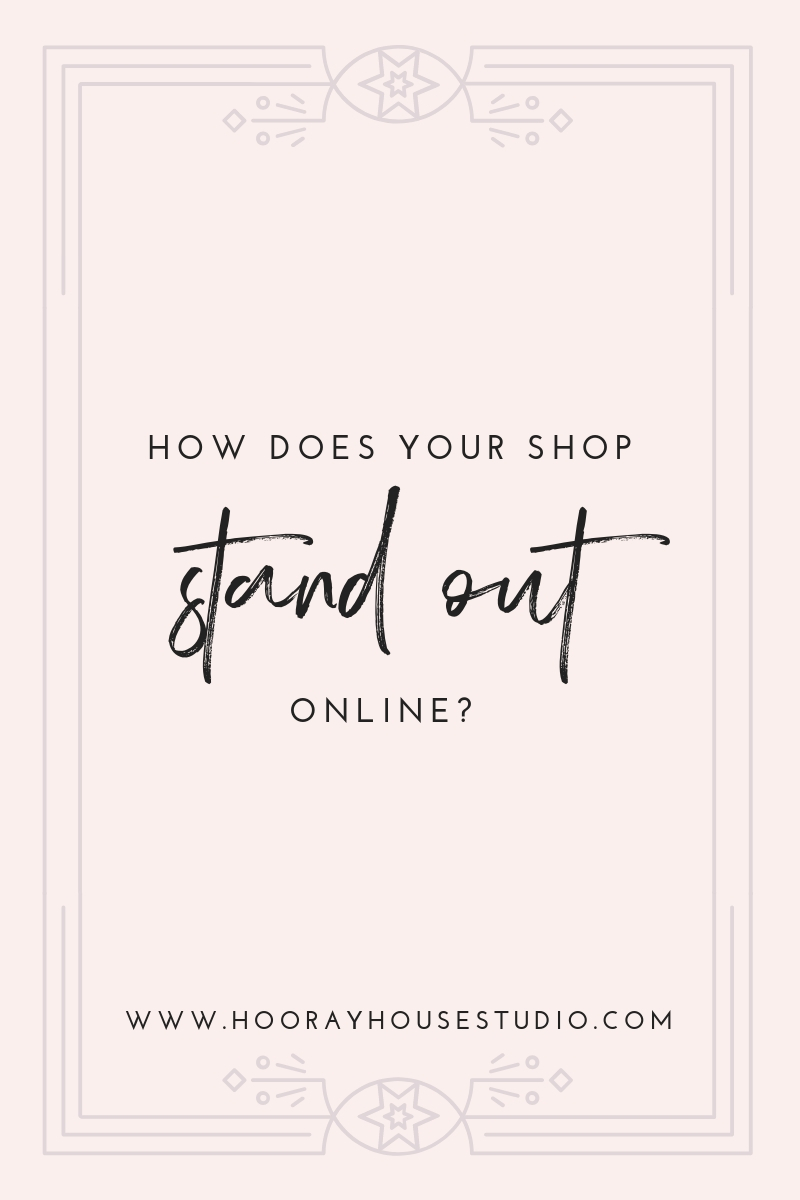Retail Support and YOU!
Support month has begun and I’m so excited to share my inside thoughts on what it means AND what it takes to be supportive to retail business owners!
I think the word support is thrown around a lot, but a large number store owners say they don’t feel fully supported in one facet of business or another. The entire reason I got back into retail was that I recognized the absence of that support and how problematic that could be for small businesses. I had the privilege to work for companies that really valued support and development and I would not have the tools and experience I have today without them. I certainly would not have been as successful of a leader.
I think it’s important we discuss the different types of support needed to be successful long term and how it’s our responsibility to actively seek the support we desire because unfortunately it’s not just gonna show up one day.
Have you ever taken the love language test? The love language test breaks down which ways you enjoy being shown love. They are: words of affirmation, physical touch, receiving gifts, quality time, acts of service. Knowing which actions make you feel really good are important to understanding your support language.
How do you want to be supported? If someone tries to support you in the wrong way it might not feel like support at all. It might feel overwhelming or just yucky.
What do you need? What do you want? Don’t let anyone make you feel like the support you want isn’t realistic.
Do you need words of encouragement? Do you need someone to physically show up and lend a hand? Do you need tools and resources that can make work easier? Do you need someone to surprise you with a day off? A trip? A coffee? Do you need someone to just listen and let you vent without judgement or the need to give you their opinion? Do you need someone to just take a little bit of responsibility off your plate? Clean and organize something you can’t ever seem to find the time for? Do you need direction and clarity? Do you need confidence?
Reflect and write it all down.
Most business coaches say they’re here to support you without really identifying how they will do that. What if they plan to support you in ways that wouldn’t feel right to you? ugh. Most times they mean they’re there to encourage and motivate you, but how?
Support shouldn’t always mean encouragement or motivation. Often, I think the support store owners are looking for are stability and balance. Creating stability means eliminating chaos, preparing in advance, being super clear and focused. It requires us to go back to the beginning and looking at the structure of day-to-day operations. Looking at your routines, store standards, store policies, etc. Think about support beams when you're building a house. Support beams keep everything standing by stabilizing the structure of the house. If the structure isn’t sound then you lose everything inside it. If there’s something wrong with the foundational elements of your workflow, it can create a lot of avoidable disorganization and leave you feeling like you’re just spinning your wheels exhausted and getting nowhere.
Creating balance is correcting instability. Instability makes you feel like a yoyo and like you’re always on a roller coaster. Things are unpredictable and inconsistent, and when things aren’t balanced they are at high risk of tipping over, spilling out, crashing, breaking, etc. Imbalance is a huge catalyst for stress. Helping something balance so it doesn’t tip over is one of the biggest forms of support I can think of and something I prioritize when I’m working with my clients. I want to make a cycle for you that is so predictable, and repetitive that if something goes wrong, you can catch it right away, and fix it immediately.
When I create support for my clients, I have to do a lot more listening than I do talking because I can’t help fix an issue if I don’t understand it. I can’t offer the support an owner needs if I don’t understand HOW they want to be supported. Support is nuanced and multifaceted. Sometimes support is encouragement and motivation but that’s not all it is. Support is literally providing extra of something so that another thing can work more efficiently. Like the loop or pop socket on the back of your phone. It’s not quite the base of support but it still serves a very important purpose of allowing you to stabilize your phone in your hand without dropping it and potentially damaging your phone. Support is just like that; solving problems! Possibly problems you don’t even know you have.
Every store’s balance and stabilization needs are different and that’s why it’s so important for you to have a customized support plan made specifically for you and your store. Just like encouragement and motivation cannot be the same for each person. I think it’s hard to find consistent support these days because whoever is providing that support needs to be committed, consistent, available and attentive. That’s why so many coaches go for the automated course direction, because it’s easier to not have to answer to people face to face. It’s a challenge to show up with the same energy every day, but that’s what retailers need. There’s no course I could create and automate that is set it and forget it, a one size fits all for every retailer. It doesn’t work. Support needs to be more personalized.
The impact support can have on not just your store but your overall happiness is astonishing. It can change the entire ecosystem of your store and turn teams of people that were losing motivation and productivity into highly efficient and enthusiastic team players. It’s wild what a little structure, discipline and accountability will do for everyone involved. When you’re cared for, you can care better for others.
That’s why I’m really excited to reintroduce The Boutique Co-Op with a new name: Retail Rockstar! Retail Rockstar is moving to a year long membership. It will provide a concierge type of customized consulting support to boutique owners with a growing archive of retail resources and tools to help you manage your day to day business. I’ve decided to add some exciting perks to this membership so I can begin to work with store owners and their teams in person as well. The 12 month subscription includes 2 optional store visits a year and 2 VIP group meet up events a year, along with discounts on Boutique Retreat which is coming back this fall.
If you need help getting set up for success, managing sales, managing your team, workflow, and customer relationships Retail Rockstar is for you! Support is here and it’s better than ever! If you’d like to enroll early in Retail Rockstar which officially kicks off in July, feel free to email me or DM me on Instagram! There will only be 12 spots available since 3 of them are already filled through October of this year, so throw your name in as soon as possible so you don’t miss out. I suspect that spots will fill up fast.























